Chilgapsan Jangseung Park (칠갑산 장승공원)
16.5Km 2021-08-18
Janggok-ri, Cheongyang-gun, Chungcheongnam-do
+82-41-940-2194
Jangseung Park on Chilgapsan Mountain is the largest preservation area for "jangseungs," the ancient wooden or stone totem poles that were usually placed at the village entrance to ward off evil spirits. It was established in May 1999 to counter the dwindling awareness of the artifacts, and houses some of Korea's tallest jangseungs (11.5 m) as well as replicas of indigenous totem poles from across the world. Today, it continues to host the Annual Chilgapsan Mountain Jangseung Festival, and serves as an important site of Korean history learning.
Hongseong Jeongchungsa Shrine (정충사 (홍성))
16.9Km 2024-01-15
40-1 Pangyo 1-gil, Seobu-myeon, Hongseong-gun, Chungcheongnam-do
Jeongchungsa Shrine is located in Hongseong-gun, Chungcheongnam-do. It was first built in 1632, and was then rebuilt after a time of disrepair in 1872. The shrine was designated as a cultural heritage of Chungcheongnam-do on October 20, 2009.
Hongseong Seongyeonsa Temple (석련사(홍성))
17.5Km 2024-01-18
76 Guseongbuk-ro 160beon-gil, Guhang-myeon, Hongseong-gun, Chungcheongnam-do
Seongnyeonsa Temple is located on the side of Baegwolsan Mountain, and is a branch temple of Sudeoksa Temple. The path to the temple is paved, making it easy to enjoy the beautiful scenery along the way. A bit further up the mountain from Daeungjeon Hall, visitors will be greeted by a large stone-carved Buddha that was made recently. The lack of moss and weathering makes it stand out from other rock-carved Buddha statues, while showing the unwavering faith of the local Buddhists.
Gohyang Gul Susan (고향굴수산)
17.6Km 2024-03-04
8-5, 1061 Hongbo-ro, Cheonbuk-myeon, Boryeong-si, Chungcheongnam-do
041-641-8966
Gohyang Gul Susan is a restaurant specializing in oysters located within the Cheonbuk Oyster Complex. Oysters are the specialty of this place. Fresh oysters are paired with rice and vegetables harvested directly from the farm. The menu includes gul gui (grilled oysters), gul jjim (steamed oysters), gul jeon (pan-fried battered oyster), saeng gul (fresh oysters), dolsonn yeongyang gulbap (nutritious hot stone pot oyster rice), and gul kalguksu (noodle soup with oysters). Oysters are low in fat and rich in minerals, making them nutritious and flavorful. In December, the Cheonbuk Oyster Festival is held at the Cheonbuk Oyster Complex.
Cheonbuk Oyster Complex in Boryeong (보령 천북굴단지)
17.8Km 2024-06-05
Cheonbuk-myeon, Boryeong-si, Chungcheongnam-do
+82-41-930-0804
Cheonbuk Oyster Complex in Boryeong is a place near the Hongseong Embankment where various restaurants specializing in oysters are clustered. Boryeong is known for its abundant oyster production, with those caught between November and February considered the finest. In December, the Cheonbuk Oyster Festival is held, featuring events for tourists. Here, visitors can taste a variety of dishes made with oysters, including grilled oysters, raw oysters, and oyster rice.
Imjonseong Fortress (예산 임존성)
17.9Km 2025-01-07
San 28 Masi-ri, Yesan-gun, Chungcheongnam-do
+82-41-339-7332
Imjonseong Fortress (also known as Daeheungsanseong Fortress) is located at the top of Bongsusan Mountain between Yesan-gun and Hongseong-gun in Chungcheongnam-do. This stone fortress was designed as a place to launch attacks against enemies. One of the ways in which those in the fortress fended off intruders was to unleash the water from the giant fortress well and let it gush down the mountain towards the oncoming forces.
The fortress wall is about 2.5 meters high and 3.5 meters wide and has a 7 to 8-meter ditch that runs alongside the southern wall. Compared with other Korean fortresses, Imjonseong Fortress is higher and about 2 meters thicker. It is the largest fortress of the Baekje Kingdom and has become the subject of much research.
History shows that the fortress was the central hub of the Restoration Movement of the Baekje Kingdom (18 BC - AD 660). In the 20th year of the reign of King Uija (Baekje dynasty), the kingdom was defeated by the united forces of the Silla Kingdom and the Tang dynasty (currently, China). Boksin (a cousin of King Uisa), a monk, and Heukchisangji stayed at the fortress for three years while trying to return the king to power.
As one walks along the winding trail, the view of Daeryeonsa Temple comes in to view and as once at the top, the spectacular views of Oseosan, Baekwolsan, and Gayasan mountains unfold. Those who come to the fortress from Masa-ri, Gwangsi-myeon, can drive and park their car in the parking lot located right below the fortress.
Bongsusan Recreational Forest (봉수산 자연휴양림)
18.7Km 2014-12-20
153, Imjonseong-gil, Daeheung-myeon, Yesan-gun, Chungcheongnam-do
+82-41-339-8936~8
Opened in 2007, the Bongsusan Mountain Natural Recreation Forest offers a variety of forest recreation facilities. The area is home to various wild birds. The forest also offers various hiking trails, which take between one and three hours to complete. The slopes are relatively gentle. Various rest and forest bathing sites are setup throughout the forest. The Yedang Reservoir is nearby, which is the nation’s top fishing ground. Also in the area is the Hyeongje (Brother) Park, Daeheung Dongheon, Daeryeonsa Temple, Imjonseong Fortress, Deoksan Hot Spring, Sudeoksa Temple, Chunguisa Temple, the residence of Chusa Kim Jung-hee, and the Korea Traditional Architecture Museum.
Edenhills Beauty Healing Park (에덴힐스 뷰티&힐링파크)
19.1Km 2025-09-05
76-64 Waryong-ro 126beon-gil, Seobu-myeon, Hongseong-gun, Chungcheongnam-do
+82 10-4718-6488
If you're looking for a beauty theme park, Edenhills Beauty Healing Park is the place to visit!
This brand experience space was created by C&B Bio, a natural ingredients & cosmetics manufacturer based in Hongseong, Chungcheongnam-do. At this beauty and healing park surrounded by trees, flowers, and forests, you can enjoy leisurely and calm moments away from the hustle and bustle of city life. Experience the various products and programs for healthier-looking skin.
Yanggoksa Shrine (양곡사)
19.2Km 2024-01-16
131-31 Hongnamseo-ro, Seobu-myeon, Hongseong-gun, Chungcheongnam-do
Yanggoksa Shrine is located in Yanggok-ri, Hongseong, and enshrines the memorial tablets of Han Won-jin, and his disciples Song Neung-sang, and Kim Han-rok. The shrine was built in 1772 to commemorate Han Won-jin, and then was later rebuilt in 1987 with the addition of Song Neung-sang and Kim Han-rok's memorial tablets.
Starpark (Chilgapsan Astrnomical Observatory) (칠갑산천문대 스타파크)
19.4Km 2024-02-23
178-46 Hantigogae-gil, Jeongsan-myeon, Cheongyang-gun, Chungcheongnam-do
Starpark, also known as Chilgapsan Astronomical Observatory, is nestled within Chilgapsan Provincial Park in Cheongyang-gun, Chungcheongnam-do. This observatory is a science museum with a focus on astronomy and space, catering to both the general public and students. Conveniently, it's just a five-minute walk from the parking area. The facility is housed in a three-story structure. On the first floor, visitors can enjoy a three-dimensional dome theater and an audiovisual room. The second floor houses a publicity center and an observation deck. The observatory’s main observation room is on the third floor and features Korea’s largest refracting telescope (APO 304 mm), which is used primarily for viewing sunspots and prominences during the day. Additionally, there’s an auxiliary observation room equipped with Korea's first 180-degree hemispherical three-stage sliding system. This room is designed for nighttime stargazing and is fitted with a 400-milimeter reflecting telescope for observing planets, star clusters, and nebulae. Children are particularly fond of the 12-meter geo-massive astronomical projection room, where they can experience 5D images. For those wishing to extend their visit, accommodations are available at Namcheon-ri Sanchon Ecological Village or nearby Alps Village. Staying in these locations provides easy access to both the Chilgapsan Astronomical Observatory and the Cheonjangho Suspension Bridge, making for a comprehensive educational and recreational experience.
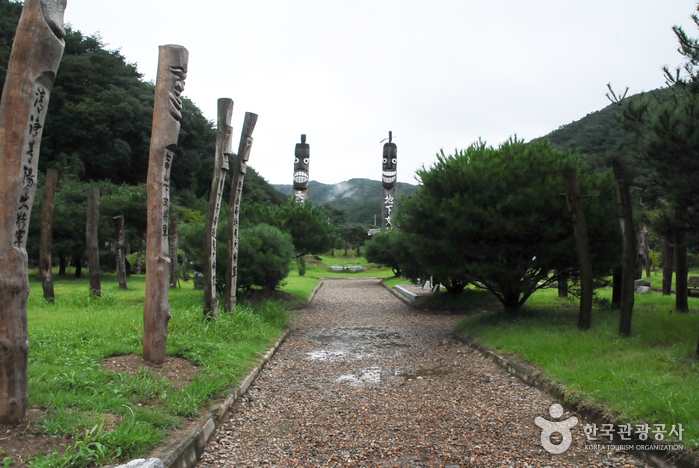
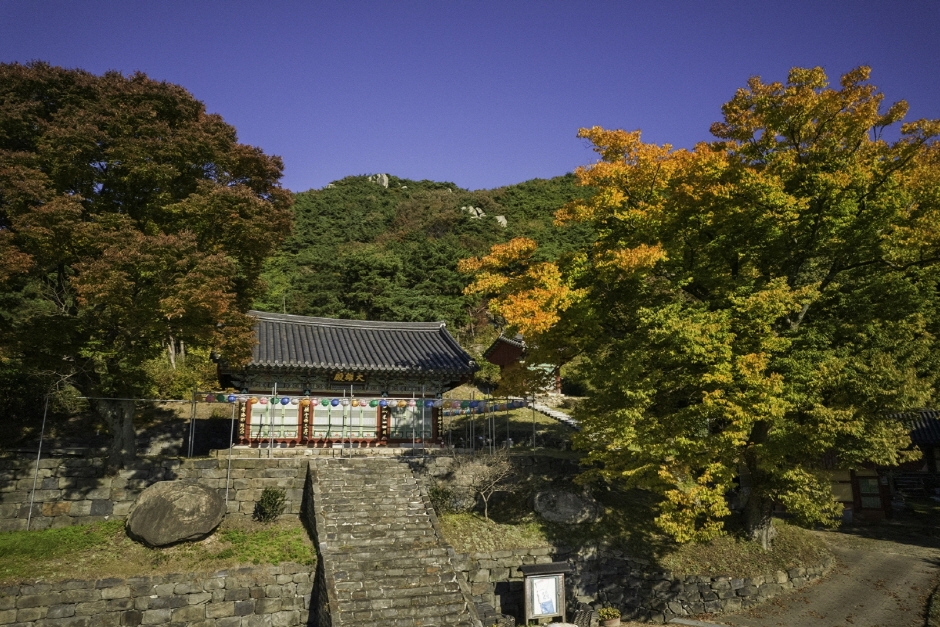

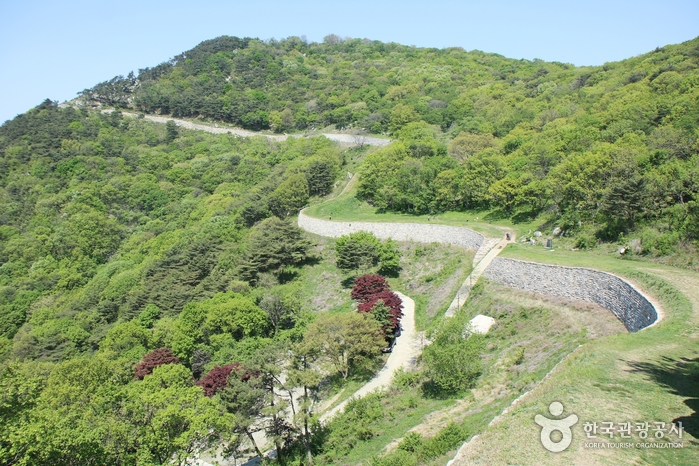
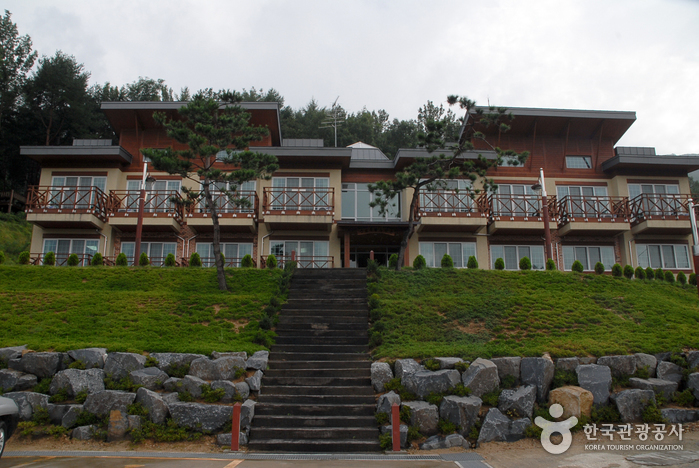
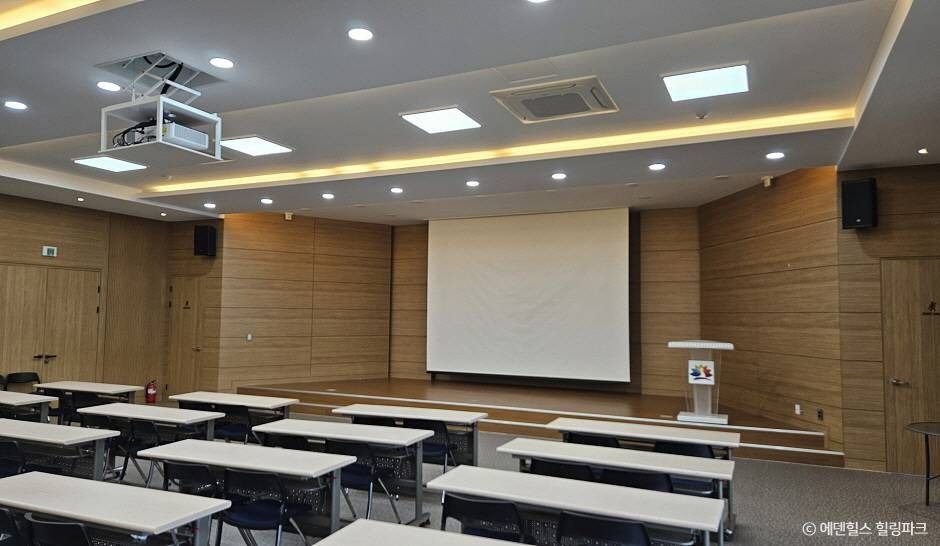
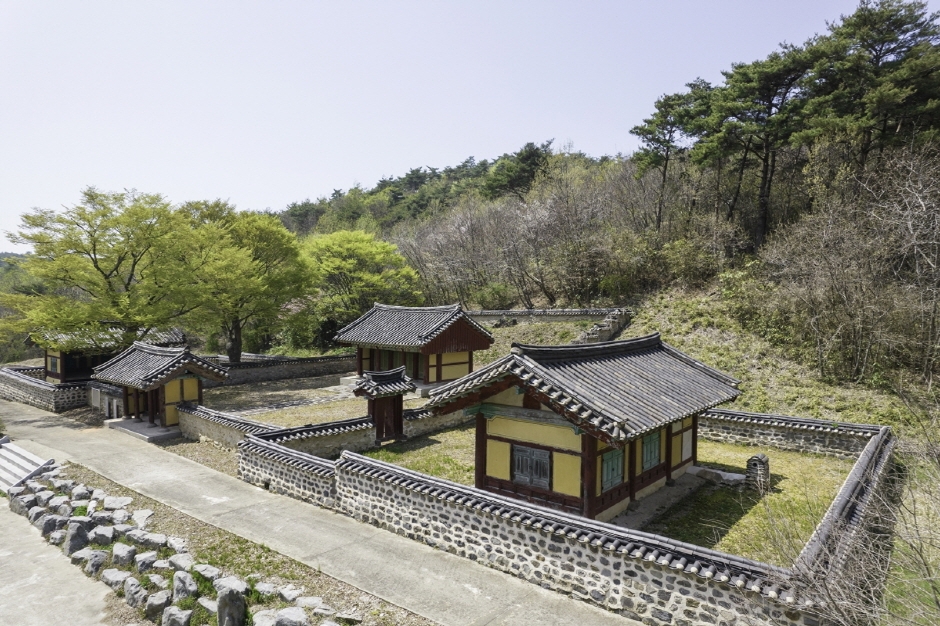
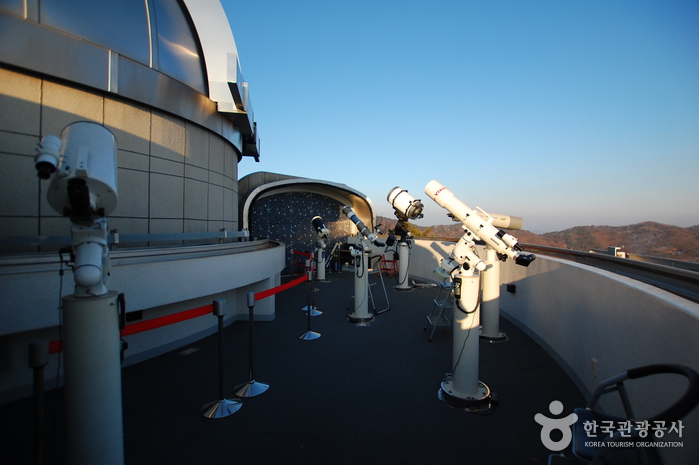
 English
English
 한국어
한국어 日本語
日本語 中文(简体)
中文(简体) Deutsch
Deutsch Français
Français Español
Español Русский
Русский